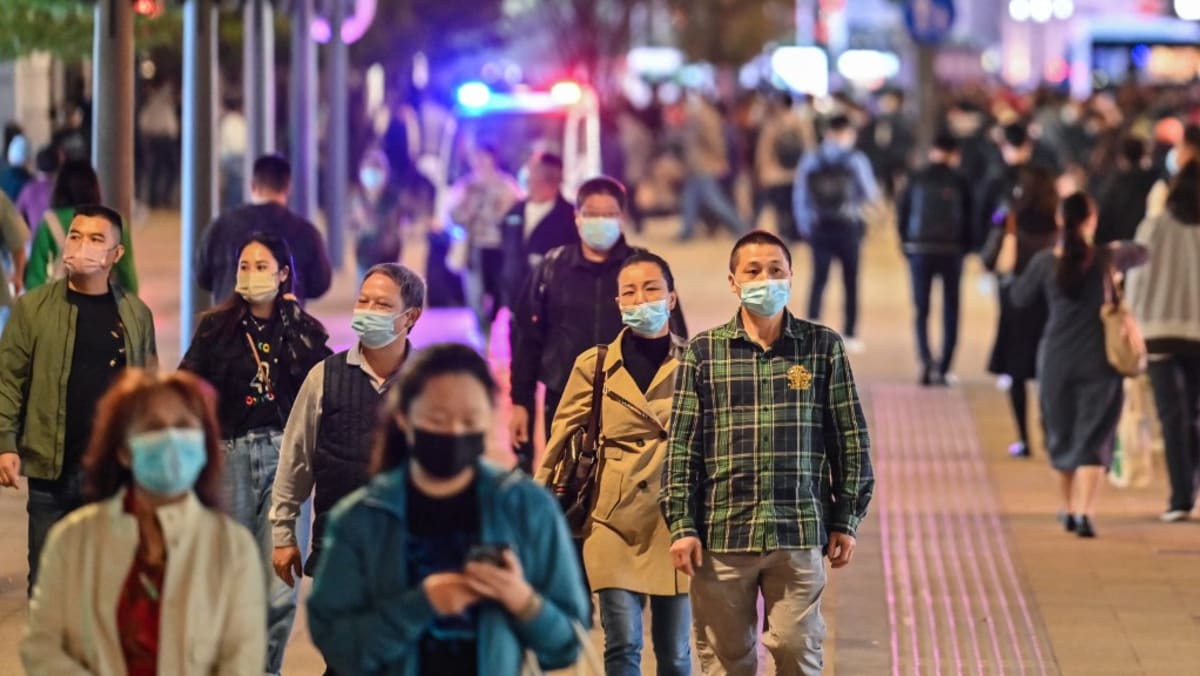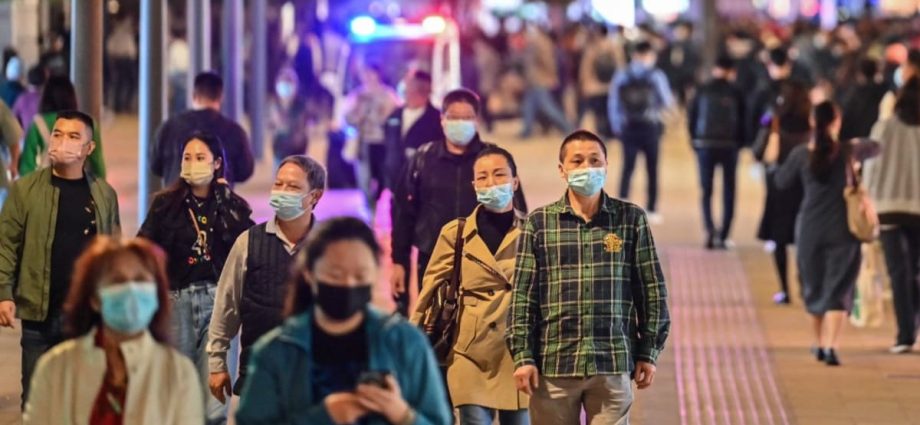
BEST DAYS OF THE CYCLE
The world’s second-largest economy won’t get much help from abroad. China is finding its feet just as concerns resurface about a recession in the United States, thanks to constraints in credit after the collapse of some regional banks and the effects of rapid monetary tightening by the Federal Reserve.
China will, nonetheless, be the top contributor to global GDP over the next five years, according to the International Monetary Fund. Trading partners and close neighbours would, in turn, love to see more trickle-down from that superlative.
Let’s be clear: These would still be enviable numbers in any other country of consequence. The downturn during the pandemic was rare for China, while recessions have long been facts of economic life in the US, Europe and Japan.
There were high hopes that this expansion would quickly take off after three years of pandemic restrictions were dismantled. In an ideal world, Beijing would manage to do so without the jump in inflation that’s been so harmful elsewhere.
Some of the bullishness now looks a bit misplaced or, at least, premature. Might we have already seen the best days of the cycle?
China’s manufacturing activity unexpectedly eased in March. Instead of surging, consumer prices are quiescent – they grew only 0.7 per cent in March from the same month in 2022. Factory prices are declining. Rather than being lauded, inflation’s no-show has been attributed to a lack of demand.
That, in turn, has led to calls for a cut in interest rates to support the recovery. Remember that for all the talk of a coming pause in rate hikes in the US, the United Kingdom and the euro zone, their central bankers Jay Powell, Andrew Bailey and Christine Lagarde are miles away from easing borrowing costs.
Nobody wants to go back to the zero-COVID clampdown on business and social life. When the global economy began softening last year, China’s absence from the plus-side of the ledger was notable.
If Beijing could just open and crank up activity, the narrative went, the outlook would get a big boost. The rest of Asia eagerly awaited the lift that could give the region; Southeast Asia in particular anticipated a returning rush of Chinese tourists.

